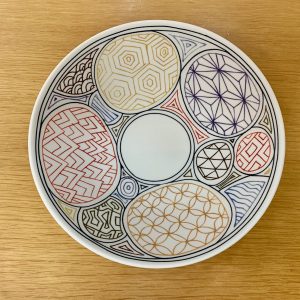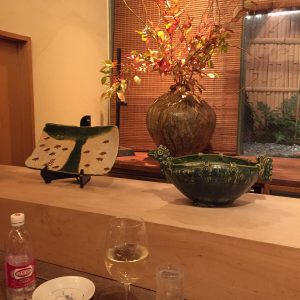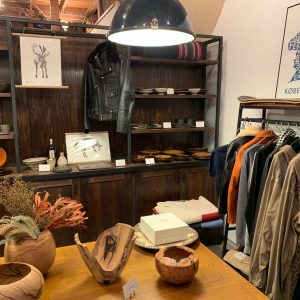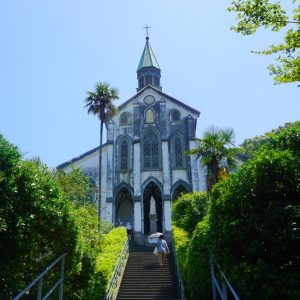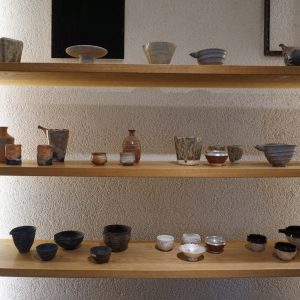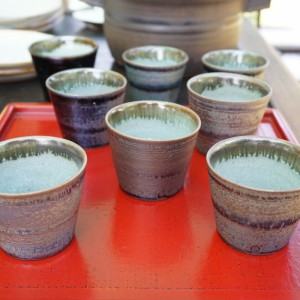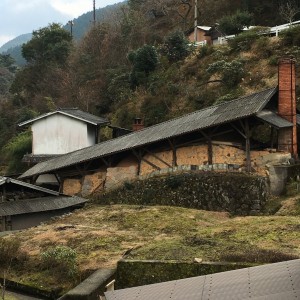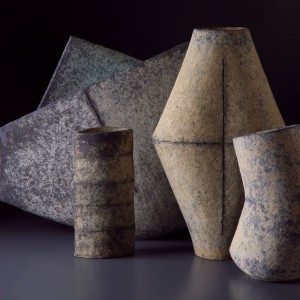Naomi Pollock's Favorite Things
Where do you live and why do you choose to live there? We no longer live in Japan but over the course of our multi-year stay, we lived in different parts of Tokyo: Shimouma, Nanpeidai, Moto Azabu, Minami Azabu and, finally, Minami Aoyama. After bedding down in low-scale apartment buildings, we opted for a high-rise for our last hurrah. As an architect, I probably would have protested the construction of our building. But our views of Tokyo Tower and, especially,… Read more »



